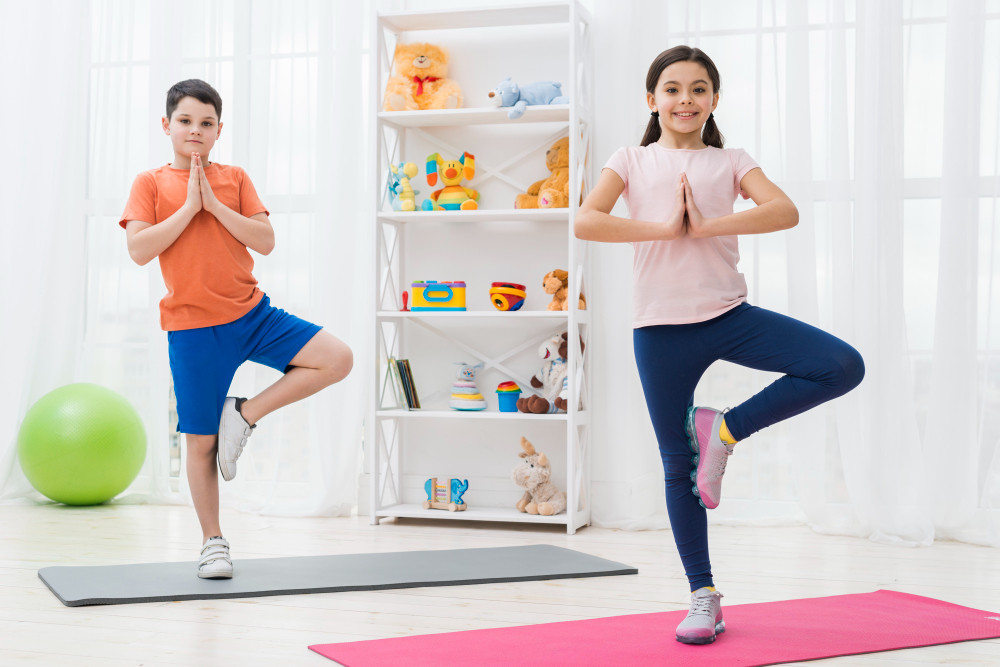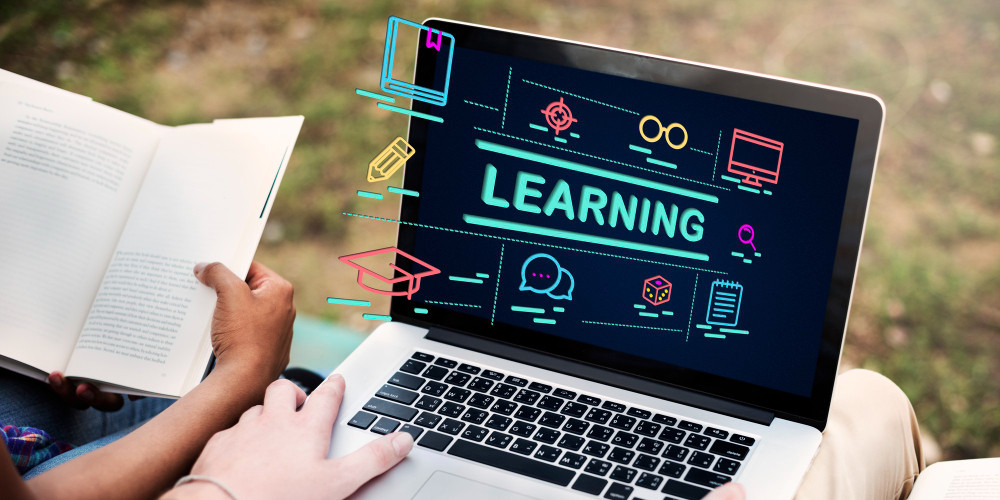
Why Physical Education Matters: Benefits, Challenges, and Modern Strategies for Students and Teachers
Introduction
Physical education is often seen as just a time for sports or exercise, but in reality, it is much more than that. It plays a vital role in shaping a student’s overall growth—helping them stay healthy, focused, and confident. In many schools and homes, academic subjects like math or science take center stage, while physical activity is pushed aside. Yet, studies continue to show that students who stay active perform better not only in their fitness but also in their academics and emotional well-being.
In today’s world, where children spend long hours on screens and less time being physically active, the value of structured physical education is greater than ever. It teaches teamwork, discipline, and resilience—skills that go far beyond the playground and prepare students for life. Unfortunately, many students still miss out due to lack of facilities, limited encouragement, or the belief that physical education is “less important.” Changing this mindset is key if we want healthier, more balanced generations in the future.
Benefits of Physical Education Physical
education offers much more than just exercise during the school day. It lays the foundation for a healthy lifestyle and teaches lessons that students carry with them well beyond their classroom years.
For students, the benefits are clear. Regular physical activity improves strength, flexibility, and overall fitness, but it also boosts focus and concentration. Many teachers notice that students who are physically active are more alert, perform better in academics, and manage stress more effectively. PE also helps build social skills—teamwork, leadership, and communication—because students learn to cooperate with others while playing games or participating in group activities.
For teachers and schools, physical education contributes to better classroom behavior. When students release their energy through structured physical activity, they are more engaged and attentive during lessons. This creates a healthier, more positive learning environment.
For parents, PE is an important ally in balancing screen time and encouraging children to adopt healthy routines. It sets the tone for active living at home and reduces the risk of long-term health issues such as obesity, anxiety, or poor posture caused by excessive use of digital devices.
In short, physical education isn’t just about fitness—it’s about shaping well-rounded, resilient, and confident individuals.
Challenges in Physical Education
Despite its importance, physical education faces several challenges that limit its effectiveness in schools today.
One major issue is the lack of facilities and resources. Many schools do not have proper playgrounds, equipment, or trained instructors, which reduces the quality of PE programs. As a result, students often see PE as less exciting or meaningful compared to other subjects.
Another challenge is the perception that academics should always come first. Parents and sometimes even schools treat physical education as a secondary subject, something that can be skipped to make more time for exam preparation. This mindset undervalues the role of physical activity in supporting mental focus and academic performance.
Students themselves also face challenges. Some avoid PE classes due to body image concerns, low confidence, or lack of motivation. Others prefer spending their free time on social media or video games, which creates unhealthy habits and reduces their interest in physical activity.
Finally, inclusivity remains a gap. Not all PE programs are designed to support children with different abilities, which can make some students feel left out or discouraged.
Addressing these challenges requires a shift in how schools, parents, and communities view physical education—not as an optional activity, but as an essential part of learning and personal growth.
Modern Approaches & Solutions
Physical education has come a long way from the days of simple running drills and traditional sports. Modern approaches focus on making PE more inclusive, engaging, and connected to the lifestyle of today’s students.
One of the most noticeable changes is the integration of technology. Fitness apps, wearable devices, and even gamified workouts have made physical activity more exciting for students who might otherwise lose interest. For example, tracking steps or monitoring heart rates through apps encourages students to set goals and celebrate their progress.
Another important shift is toward inclusive physical education. Teachers now recognize that not every student learns or participates in the same way. Activities are being adapted so that children with different abilities and fitness levels can participate without feeling left out. This not only improves engagement but also teaches empathy and respect among peers.
Schools are also exploring alternative activities beyond the standard sports. Yoga, mindfulness exercises, dance, and fitness challenges are increasingly being introduced. These not only promote physical health but also support mental well-being, helping students manage stress and improve focus.
Perhaps the biggest solution lies in involving parents and communities. When families join in active lifestyles—like weekend walks, cycling, or group games—it creates a culture of health that extends beyond the classroom.
Practical Tips & Examples (Action-Oriented)
The best way to highlight the importance of physical education is by making it part of everyday life. Here are some simple, practical ways for students, teachers, and parents to bring more activity into their routines:
• For Students: Start small. A 10–15 minute morning workout, stretching before study sessions, or choosing to walk instead of taking a ride for short distances can make a huge difference. Joining a school sports team or club can also build confidence and friendships.
• For Teachers: Try incorporating short “activity breaks” during classes. A few minutes of stretching or light exercises can refresh students’ minds and make them more focused on the next lesson. Teachers can also design lesson plans that combine learning with movement, like outdoor science experiments or math games that involve physical activity.
• For Parents: Encourage family-based activities. Evening walks, weekend hikes, or even dancing together at home can replace passive screen time with active bonding. Parents can also set an example by maintaining their own healthy routines—children often copy what they see at home.
• For Schools: Offering a mix of traditional sports and modern activities like yoga, aerobics, or mindfulness sessions ensures that every student finds something they enjoy. Providing variety also helps students build lifelong healthy habits instead of seeing PE as a boring requirement.
By making physical education more flexible, inclusive, and fun, schools and families can help students embrace active living not as a chore, but as a natural part of their lives.
Future of Physical Education
The future of physical education is moving toward a more personalized and holistic approach. With technology becoming a part of everyday life, schools are starting to use tools like wearable fitness trackers, online workout programs, and gamified apps to keep students motivated and engaged. Instead of one-size-fits-all lessons, these tools allow students to track their own progress, set individual goals, and see real results.
Another important direction is the growing focus on mental health alongside physical health. Schools are beginning to integrate practices like yoga, breathing exercises, and mindfulness into their PE programs. This not only supports physical well-being but also helps students cope with stress, anxiety, and the pressures of modern life.
Inclusivity will also play a bigger role in the years ahead. Physical education is shifting toward making sure every child—regardless of ability, body type, or fitness level—feels welcome and encouraged to participate. Activities will likely become more diverse, blending traditional sports with modern fitness trends like dance, martial arts, or even virtual reality–based exercises.
Most importantly, the future of PE lies in changing mindsets. Schools, parents, and communities will increasingly recognize that physical education is not “extra” but essential. It will be seen as just as important as academics in shaping balanced, resilient, and confident individuals.
Conclusion
Physical education has always been more than just running laps or playing games—it is about preparing students for a healthier and more balanced life. It builds strength, sharpens fo Why Physical Education Matters: Benefits, Challenges, and Future of PE in Schools cus, and teaches values like teamwork, resilience, and discipline. Yet, despite its many benefits, it is often pushed aside in favor of academics or overlooked because of limited resources.
The good news is that modern approaches, technology, and greater awareness are giving PE a fresh identity. By introducing new activities, making programs more inclusive, and involving families, schools can create an environment where physical education is not only enjoyable but also deeply meaningful.
For parents, teachers, and students alike, the message is clear: physical education is not optional—it is a foundation for lifelong success. By giving it the attention it deserves today, we can ensure that the next generation grows up healthier, more confident, and ready to face the challenges of tomorrow.
Frequently Asked Questions (FAQs)
1. Why is physical education important in schools?
Physical education is important because it helps students stay healthy, improves concentration, and supports emotional well-being. It also teaches teamwork, discipline, and social skills that benefit children inside and outside the classroom.
2. What are the main benefits of physical education for students?
The main benefits include better fitness, improved academic performance, stress relief, stronger social skills, and the development of lifelong healthy habits. PE also boosts confidence and resilience in students.
3. What challenges does physical education face today?
Some of the biggest challenges include lack of facilities, limited time in school schedules, and the perception that academics are more important. Students may also avoid PE due to low motivation, body image concerns, or too much screen time.
4. How can schools improve physical education programs?
Schools can improve PE by offering a wider variety of activities, using technology to make workouts engaging, ensuring inclusivity for all students, and connecting physical activity with overall student well-being.
5. What is the future of physical education?
The future of PE includes more personalized programs, greater use of technology like fitness apps and wearables, and a stronger focus on mental health through activities like yoga and mindfulness. Inclusivity and lifelong health skills will also become central goals.
6. How does physical education support academic success?
Regular physical activity increases blood flow to the brain, improves focus, and reduces stress—all of which help students perform better in academics. Active students are often more alert and motivated in their studies.
7. How can parents support physical education at home?
Parents can support PE by encouraging daily physical activity, setting limits on screen time, and participating in family fitness activities such as walks, bike rides, or sports. Leading by example is one of the best ways to inspire children.
8. What are some modern strategies in physical education?
Modern strategies include gamified workouts, integrating fitness apps, offering alternative activities like dance or martial arts, and including mental health practices such as yoga and mindfulness.







